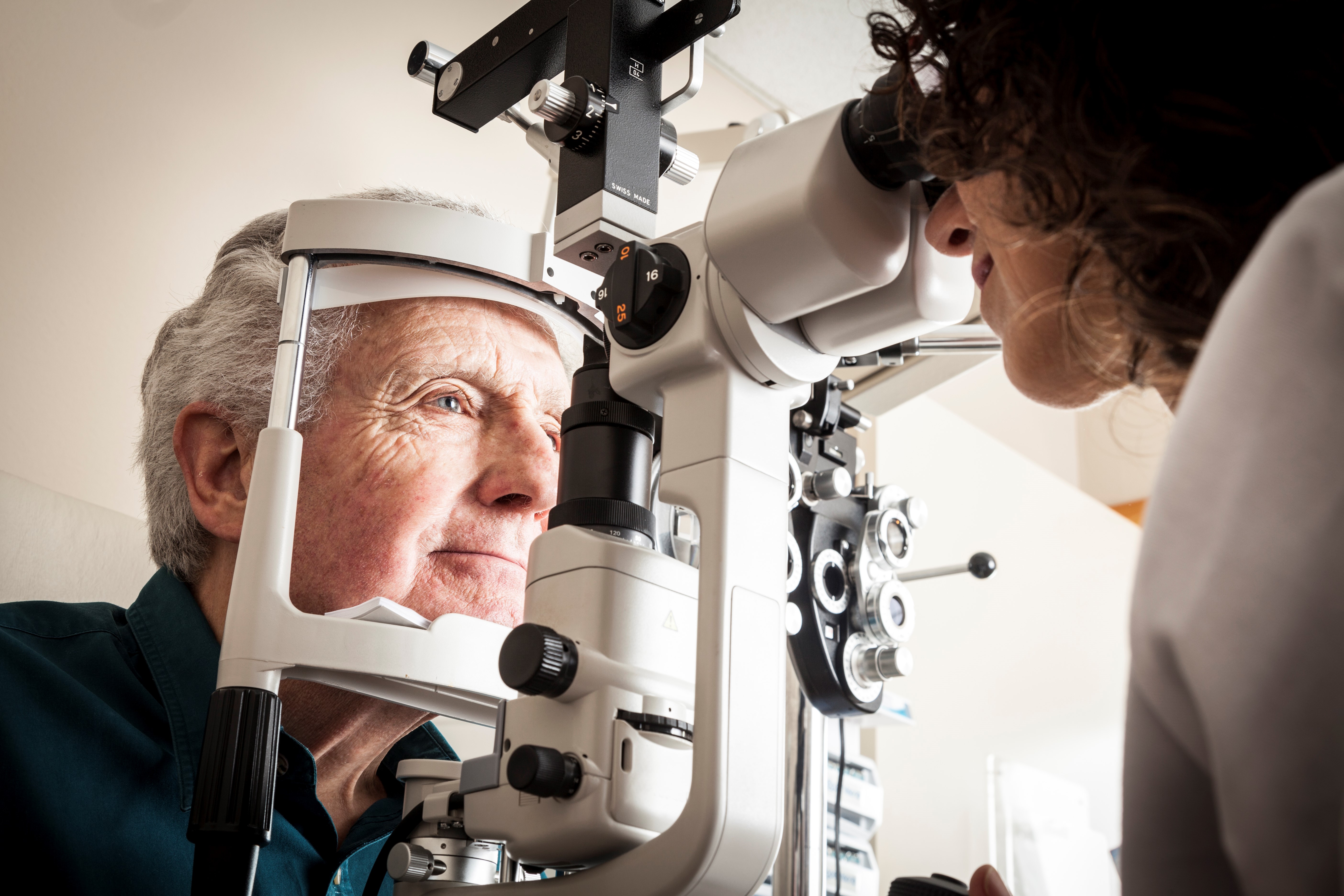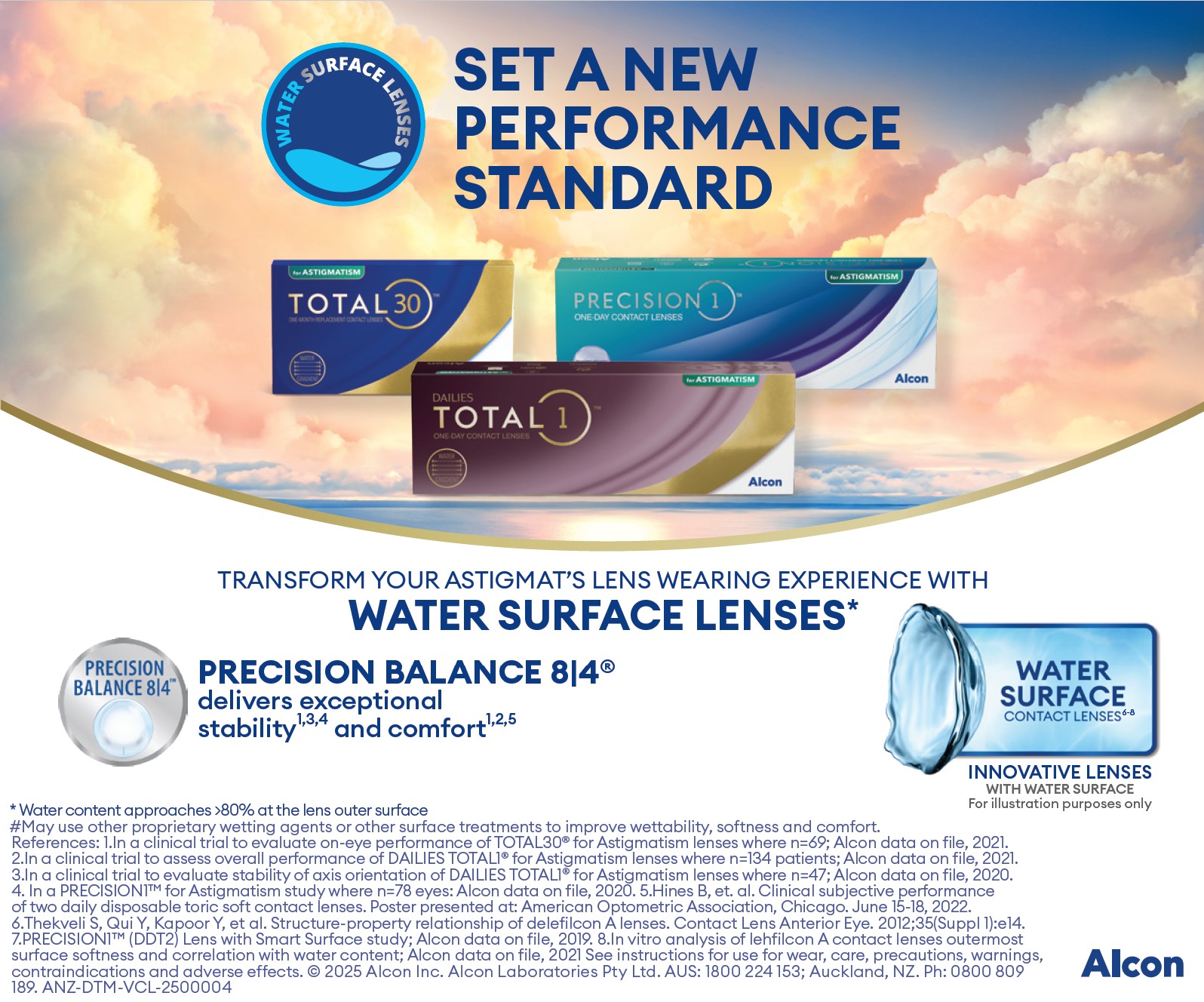Hawke's Bay glaucoma scheme
Hawke's Bay District Health Board’s community glaucoma scheme is approaching its first two-year patient check-up. The review will reveal if there are any patients under the scheme, currently seen by optometrists, that should have been referred to an ophthalmologist.
The scheme, initiated by Dr Alex Buller, was set up to combat the capacity issues faced by the DHB as a result of the region’s ageing population. The aim is to provide capacity to follow up every Hawke's Bay glaucoma patient on time, to provide clinical standards to avoid glaucoma progression and significant sight loss, to provide standardised glaucoma assessment across all participating caregivers and to allow any community optometrist or eyecare professional to be able to participate.
In 2017, 288 patients were sent to optometrists for ongoing review while remaining under DHB care. Patients were selected based on the following criteria: established on treatment with no treatment changes for six months, able to perform reliable visual field (VF), no non-glaucomatous VF scotoma, a disc damage likelihood scale (DDLS) of 5 or <6, no planned gonioscopy in the next two years and not requiring active management or review of other ophthalmic condition. Since 2017, 136 patients have been referred to hospital and returned to optometrists after having been seen by an ophthalmologist or an ophthalmic nurse.
Despite its challenges, particularly with data management and barriers to enrolment, the scheme has done very well in Hawke's Bay, with local optometrists keen to be involved, said clinical nurse specialist Jane Hawthorn, speaking at the Association of Dispensing Opticians New Zealand (ADONZ) annual conference. Hawthorn said there are various schemes around the country, some which prove very demanding for optometrists, whereas the Hawke's Bay scheme has allowed local optometrists to train directly with Dr Alex Buller.
Hawthorn said the six-monthly optometrist visits have also meant other conditions, such as age-related macular degeneration (AMD), were picked up. Even when optometrists were unable to do VF assessment, they performed disc assessments and measured intra ocular pressure (IOP), serving as a form of triaging system.
The scheme’s future depends on securing long-term funding, resolving issues around medical data storage and management, considering whether the ophthalmologists should continue to refer to scheme or to the nurse-led glaucoma clinic and investigating expansion of the scheme. Initial results from the two-year check-up need to be taken into account and are expected early next year.


























